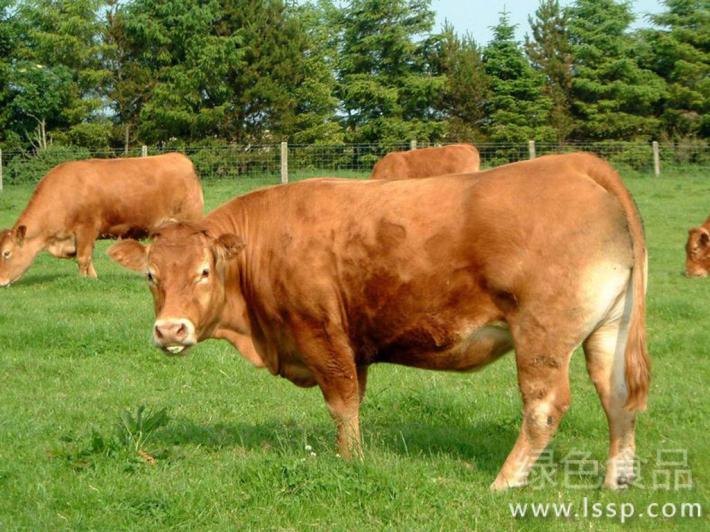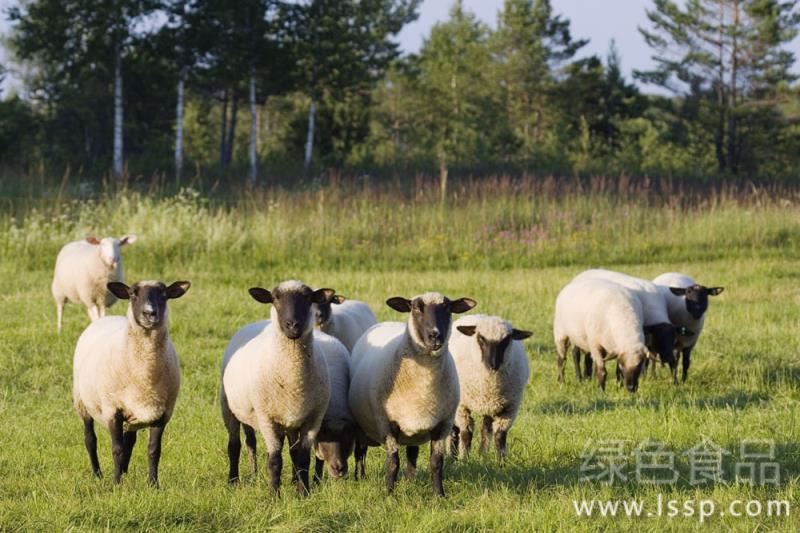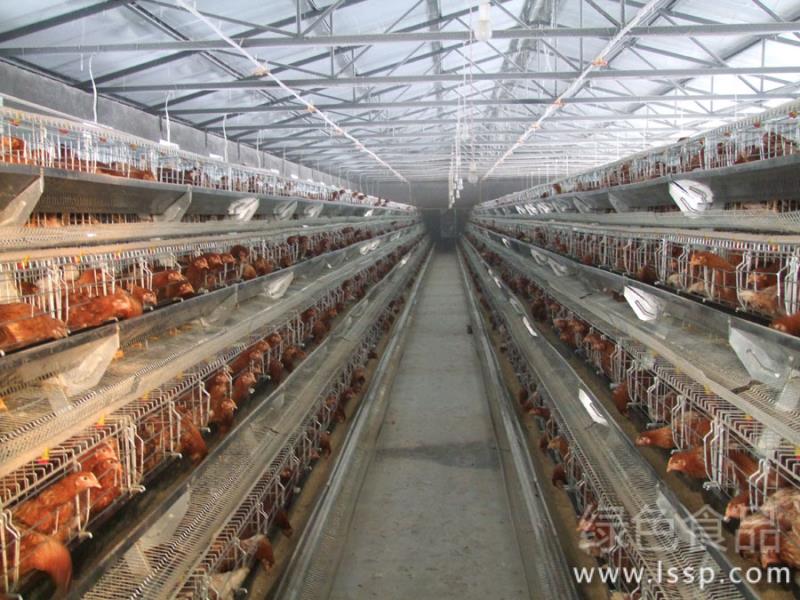Eight points for Scientific feeding to make cattle healthy Beef cattle fed with Urea
The eight problems that beef cattle should pay attention to when feeding urea are as follows:

Beef cattle
1. Only adult and young beef cattle can be fed urea, but calves can not be fed. Because the rumen of calves before 6 months old is not fully developed, urea is easy to be poisoned.
2. When feeding urea, the urea should be evenly mixed with the concentrate feed, can not be fed alone, and the urea can not be dissolved in water for beef cattle to drink.
3. After feeding urea, beef cattle can not drink water immediately, it is best to drink again after 1 hour, so as not to cause poisoning.
4. Urea cannot be mixed with raw beans or raw bean cakes to feed beef cattle, because raw beans and raw bean cakes contain ureases that can accelerate the decomposition of urea, resulting in ammonia poisoning in cattle.
5. The palatability of urea is poor, and some beef cattle do not like to eat at the beginning. The adaptation period of feeding cattle should be 7-15 days, starting from the full dose of 1ax 5, and gradually increasing to the full dose. The reference dose of urea is (per head per day): beef cattle with live weight of 140-220 kg are fed with 30-50 g, beef cattle with live weight of 250-300 kg are fed with 50-60 g, beef cattle with live weight of 310-400 kg are fed with 60-80 g, and beef cattle with live weight of 410-600 kg are fed with 80-120 g. In general, the maximum dose of urea per head of beef cattle is 120 grams per day.
6. When feeding urea, the effect of adding appropriate amount of inorganic sulfur (sulfate) is better, because when urea is used instead of protein to feed beef cattle, sulfur deficiency will affect the synthesis of sulfur-containing amino acids and reduce the digestibility of cellulose. The ratio of nitrogen to sulfur in the feed was 15:1, and the effect was the best.
7. When feeding urea, add 0.5% salt.
8. When beef cattle are poisoned by urea, the following measures should be taken: (1) stop eating feed that may cause poisoning immediately. (2) 1-2 kg of vinegar (3-4 times water) for each beef cow; or 4-5 litres of yogurt (also available for sour whey); or 1 kg of vinegar and 1 kg of sugar, 2.5 kg of water. (3) to do a good job in symptomatic treatment, acute rumen dyspnea should be punctured and deflated immediately; if the symptoms of poisoning are serious, 300-500 ml of 10% calcium gluconate and 500 ml of 10% glucose solution should be injected intravenously to neutralize the toxin.
- Prev

Lamb production needs a lot of nutrition how to supplement feeding to make lambs strong
Lamb production needs a lot of nutrition how to supplement feeding to make lambs strong
- Next

Metabolic changes of high temperature laying hens how to ensure the production of laying hens in summer
Metabolic changes of high temperature laying hens how to ensure the production of laying hens in summer
Related
- On the eggshell is a badge full of pride. British Poultry Egg Market and Consumer observation
- British study: 72% of Britons are willing to buy native eggs raised by insects
- Guidelines for friendly egg production revised the increase of space in chicken sheds can not be forced to change feathers and lay eggs.
- Risk of delay in customs clearance Australia suspends lobster exports to China
- Pig semen-the Vector of virus Transmission (4)
- Pig semen-the Vector of virus Transmission (3)
- Five common causes of difficult control of classical swine fever in clinic and their countermeasures
- Foot-and-mouth disease is the most effective way to prevent it!
- PED is the number one killer of piglets and has to be guarded against in autumn and winter.
- What is "yellow fat pig"? Have you ever heard the pig collector talk about "yellow fat pig"?

